Ireland has the third highest rate of cancer in the world. Some 25,000 people are diagnosed with a serious cancer every year, according to data from the national cancer registry.
Roughly one in three of us will develop cancer at some stage in our lives, according to the Irish Cancer Society. But while the number of people being diagnosed has increased, so have their chance of survival.
Over the past decade a quiet revolution in cancer treatment has been taking place. Innovative, targeted molecular treatments are giving more patients a better quality of life for longer. Science and patient care are merging. Some newer therapies even offer hope of the other “C” word many people had previously been too terrified to utter: a cure.
Although doctors caution against creating false hope, the data tells its own story.
“Two-thirds of patients here now diagnosed with cancer are alive five years later. A woman diagnosed with breast cancer today has the same chance of being alive in 20 years that her mother would have had of being alive in five years. More patients can be cured, and patients who aren’t cured will frequently live longer and better quality lives,” says Prof John Kennedy, the medical director of the Trinity St James’s Cancer Institute (TSJCI), which is located on the sprawling St James’s Hospital campus in inner city Dublin.
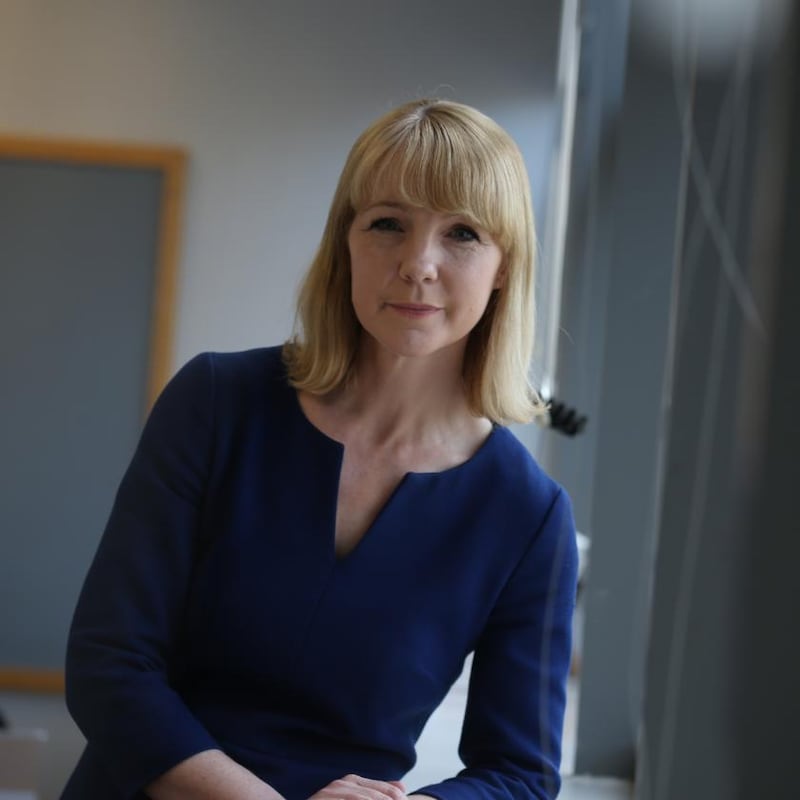
"We've seen huge improvements in outcomes for patients with the common cancers, in particular breast cancer. Perhaps a little less clear are advances in the harder-to-treat cancers like pancreatic cancer or oesophageal cancer," says Maeve Lowery, a consultant medical oncologist, professor of translational cancer medicine at Trinity College and academic director of TJSCI.
“We’ve moved beyond just treating patients with chemotherapy to now routinely using immunotherapy” and, in some cases, molecularly targeted drugs.”
One in every four patients who walks through the doors of St James’s Hospital in Dublin on this bright March morning is here following a cancer diagnosis. Each year between 4,500 and 5,000 new patients with cancer will be treated here. For many the hope that they will return home again is higher than at any time in the past.
Here are some of their stories, and the stories of those working behind the scenes and on the frontline to help them get well.
The transplant patient

“I was admitted to St. James’s Hospital the day before my 40th birthday. It’s actually the best birthday present you could get, believe it or not. An opportunity to save your life,” says Ciaran Byrne.
When he returned from his honeymoon in January 2019, Byrne hadn’t been feeling great for a while. There was a series of infections he couldn’t seem to shake, a lingering exhaustion and an unsettling strange taste in his mouth. He was losing weight and would wake sweat-soaked in his bed. People kept telling him how awful he looked. Something wasn’t quite right, and so he went for a check up and blood tests.
Barely two hours passed when he got a call asking him to come into the Mater hospital. The diagnosis was shattering – he had acute myeloid leukaemia. “I was devastated. I broke down crying. I was very emotional.”
His first reaction was to ask for time to go home and process the news with his family. But the consultant said there was no time. “He said we could be looking at life termination in three weeks.”
In April he was transferred to St James’s for a bone marrow stem-cell transplant, using stem cells taken from his brother Jude. Each sibling has a one in three chance of being a match. A patient’s own cells can also be used, or those of a stranger. “It’s very non-eventful for the donor who’s donating the stem cells. But for me the build up to it was very difficult. There’s a lot of chemotherapy.”
The actual transplant was almost an anti-climax. “It should be called nearly a transfusion.” He was hooked up to a bag of stem cells, golden in colour. “My wife, Denise, was beside me, and I put on U2’s Beautiful Day. It was very emotional because without that you’re dead. It’s that black and white.”
'If you go back to the 1990s we were not in a good place. We had poor outcomes for cancer, and they were inferior to what was seen in Europe'
Afterwards there was a long, isolating road to recovery. He was extremely vulnerable to infection and spent long days alone in total isolation. Now, three years on, his cancer is gone.
“I find that… It’s just miraculous,” he says. “With transplant I think they have kind of got to the stage where they no longer use the word remission. It’s curative.
“It’s incredible to just say to yourself, ‘I’m cured. I’m done with this. I’ve got this opportunity to revisit my life, maybe right some wrongs and be better than before’. For the first month or two I cried every morning after waking up.”
Every three minutes someone in this country goes into a room with a consultant, as Byrne did that day in January 2019, and is given a diagnosis that will change their life.
Much of this is simply a question of demographics – we’re living longer and as a result more of us will get cancer. It is no longer a death sentence, but it remains the case that every hour in Ireland someone will die from the disease.
Despite these stark facts a sense of hope is palpable here in the corridors of St James’s. Consultants and nurses uses words like “exciting”, “revolution” and even “cure.”
This is, says Prof Kennedy, “a golden age of science in cancer treatment, an emerging golden age of therapeutics” .
The head of the transplant unit
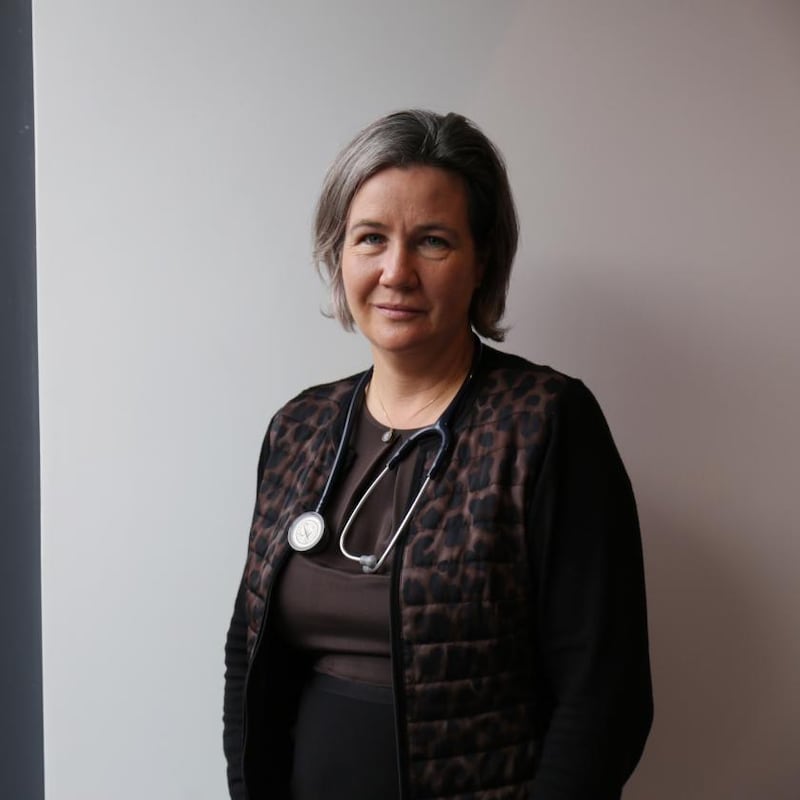
Ciaran Byrne’s consultant haematologist and clinical lead for bone marrow transplant, Dr Catherine Flynn, has just come from seeing patients who, have been given an earlier devastating diagnosis including leukaemia, lymphoma or myeloma, are now living normal lives thanks to bone marrow stem-cell transplants.
“I’ve just come from a clinic where there are patients that we have seen cured,” the consultant haematologist says. “For a patient with acute myeloid leukaemia, the cure with a transplant can vary from 40 per cent to 60 per cent. For patients with lymphoma the cure rates vary between 50 per cent and 60 per cent.”
It is, she says, “very nice to be able to offer a cure”, although some patients never make it to transplant both because of the “disease and the toxicities of the treatments we use” .
Across Europe there has been a boom in bone marrow stem-cell transplants. Dr Flynn puts the numbers in context: “In 1990, there were 143 centres in Europe doing 4,000 transplants a year. By 2019 there were 700 centres doing 48,000 transports. You have healthier people in their 60s getting treatments which were previously confined to people under 65.”
It is, she says, “a very exciting time” to be working in her field. There is a wealth of new data, a tenfold increase in new treatments and more patients coming forward.
“But the resources now to deal with those therapies aren’t always parallel. We could do more transplants but we can’t do it without more space and more people.”
The medical director
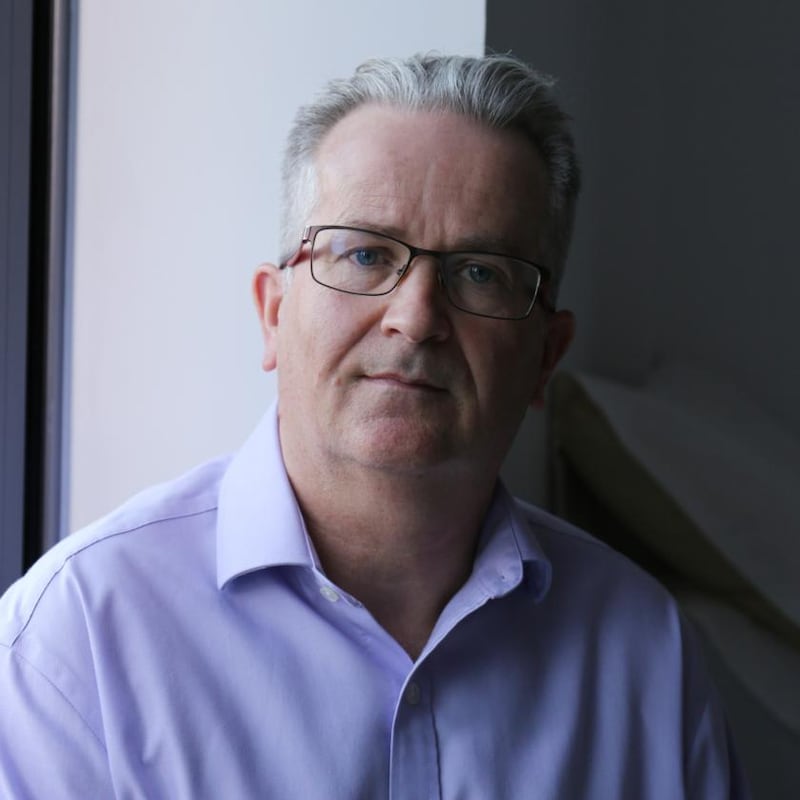
“If you go back to the 1990s we were not in a good place. We had poor outcomes for cancer, and they were inferior to what was seen in Europe.”
In his office at St James’s, Prof John Kennedy recalls that “there was very little in the way of chemotherapy or hormone therapy. Radiation was poorly developed.”
Outcomes in most types of cancer improved significantly over the past 20 to 30 years, largely as a result of “super-specialisation”. Today “those diseases where we really tried to super-specialise, we tend to do quite very well by European comparisons” .
The flipside of that is that where cancer treatment is spread out across the country, we have what he calls “centres of adequacy”.
“We have adequately good treatment for patients. But there’s a revolution taking place. And we need to get serious about making sure that we don’t get left behind.”
The revolutionary new treatment
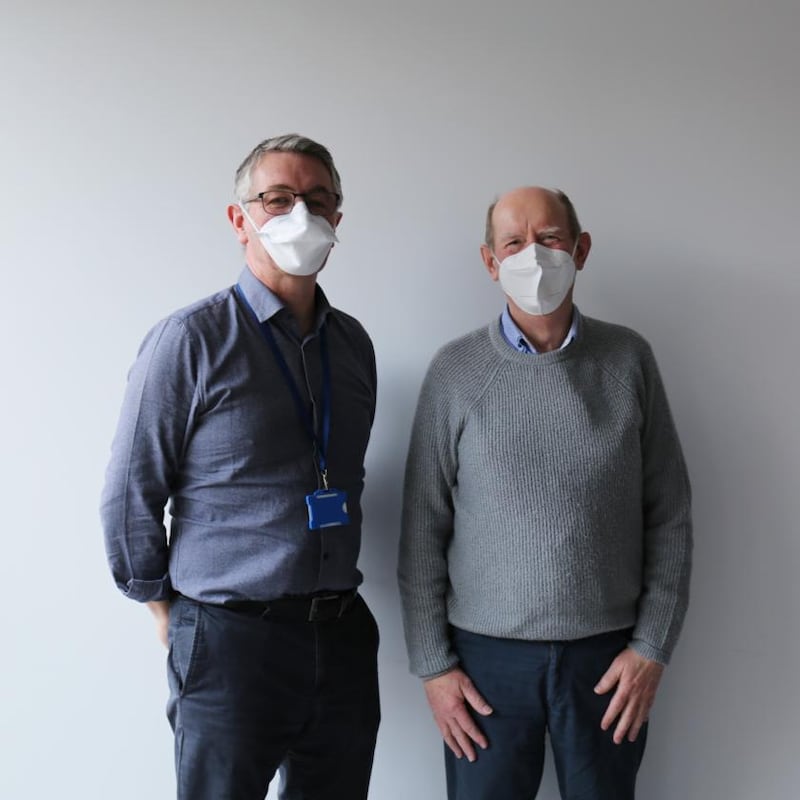
Chimeric antigen receptor T cell therapy, or CAR-T for short,is one of those revolutionary new treatments attracting a raft of recent headlines. “A Cancer Treatment Makes Leukaemia Vanish, but Creates More Mysteries.” “Decade-long leukaemia remissions with persistence of CAR-T cells.” “CAR-T Therapy Ushering in a New Era of Precision Medicine.”
The treatment sounds like something from science fiction. It involves harvesting a patient’s own T cells – the white blood cells that fight viruses – from their blood and transporting them to a central processing lab where they are re-engineered to make them better able to fight cancer. There is as yet no lab in Ireland doing this, so the cells of Irish patients are sent to France. They come back in huge vats filled with liquid nitrogen, where they will be infused back into the patient’s circulation.
Pat Byrne, who is only the second person to have had CAR-T treatment in Ireland, files into a meeting room at St James’s with his consultant haematologist Prof Larry Bacon. In his mid 60s, soft spoken and smiling, he describes the path that led up to him agreeing to go forward for CAR-T, which comes with both great hope and crippling side effects, including temporary neurological ones.
In March 2021, he had been feeling unwell and found a lump that worried him. He went for a check-up with his GP that led to a diagnosis of lymphoma and him getting aggressive chemotherapy. It initially looked as though the chemo had worked, but a scan revealed some areas were not responding. A further treatment was unsuccessful. “You’re running out of options at that point.”
Dr Bacon told him he might be a candidate for CAR-T. Despite the risks, Pat was in. He had chemotherapy to suppress his immune system in December. Because he was so vulnerable, he spent Christmas day alone. On January 10th he was back in St James’s, where what Dr Bacon calls his “souped-up cancer fighting cells” were transferred back into his body.
'When they enter a study they're almost always doing that for themselves, but they're also doing it for the community of patients with that disease'
In the days afterwards “it’s safe to say I did feel some side effects. I suffered a little bit of hallucinations. My co-ordination was quite poor. There are some tests that they do on a daily basis to see how your system is reacting to the treatment, like signing your name or writing a small sentence. After a couple of days you can see that I’m like a drunk.”
Dr Bacon chimes in to remind him that three days after the treatment, battling an infection, he ended up in intensive care.
But Pat is more focused on where he is now. “I’m 71 days out from the treatment and I’m feeling really well. I’m walking 5km a day. My energy levels are increasing every day. I’m looking forward to a scan in about three weeks’ time, which will indicate the success of the treatment. I’m feeling really good.”
“If it’s successful that could be it for the rest of his life,” says Dr Bacon.
“And if it’s not successful?” Pat asks him.
“We’re not going there.”
Later Dr Bacon says: “The treatment is for patients who have failed all avenues of therapy. Historically those patients would have had less than 10 per cent survival for more than two years. With this therapy we’re getting survival rates of up to 40 to 50 per cent. It’s fantastic.
But we’re cautious with the patient that they know that in real terms there’s probably a one in two chance of them having a good result with this. A ‘good result’ is long term and, dare I say, a cure.”
The director of clinical trials
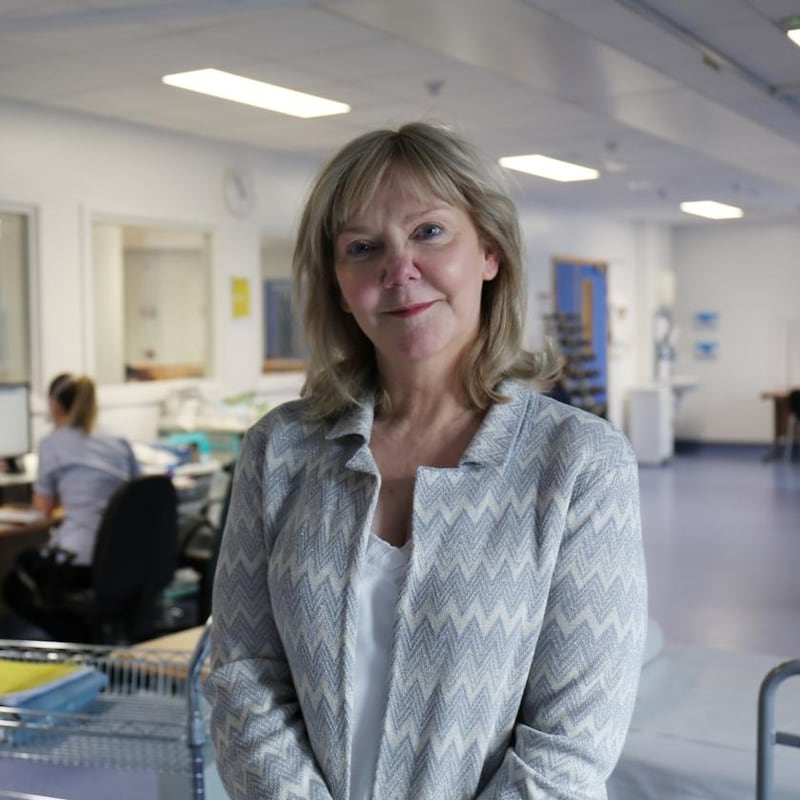
The pace of research into new cancer therapies is astonishing. Prof Martina Hennessy is director of the clinical research facility at St James’s, which is part of the TSJCI partnership. There are 35 active clinical trials under way at any one time. One in five of these is for cancer therapies.
When patients enrol in a trial they “come wanting to be cured” but they are realistic. “When they enter a study they’re almost always doing that for themselves, but they’re also doing it for the community of patients with that disease. Much more generally they , are often thinking of their family and thinking of the future, or thinking of the societal benefit that can be gained.”
Her colleague and programme manager, Jeremy Townes, says “the last three years – with the cell therapies and the gene therapies – have been really, really exciting. Usually you are just trying to prolong someone’s life or stop their pain. But some of these therapies are truly life-changing. So it is a very exciting time to be in clinical research.”
The chemotherapy patient

Away from the buzz of innovation at the hospital’s research facilities, the day to day work of caring for cancer patients during a pandemic is continuing. For some cancers the best form of treatment is still chemotherapy. Isaac Benart is one of the 91 patients in the day ward today having treatment. He’s here for chemo for a cancer called Kaposi sarcoma that keeps coming back, and is halfway through a one-hour treatment. “So far I’m feeling okay. But sometimes after the treatment, I feel dizzy. Not always.”
The cleaning staff
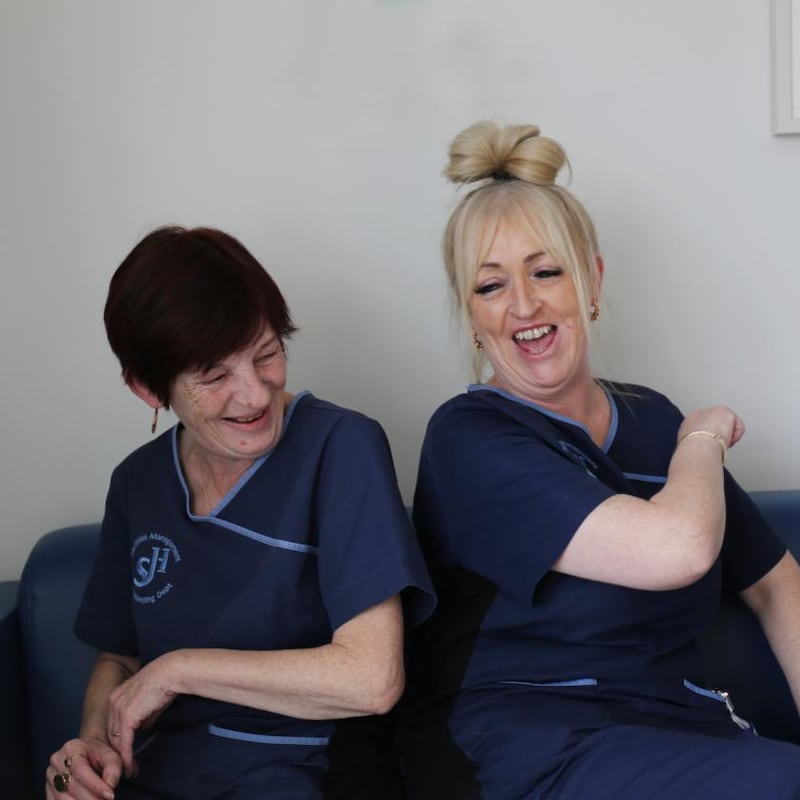
In a cancer hospital no matter what your job title says, what you do in practice is look after patients. “This is the battle zone. People come in here on their knees. They’re in shock. They’re just devastated. Because when you hear the big C, it’s so frightening. So it’s up to us to put the fire back in their bellies and say, ‘you’ve got this, and you’re going to fight it now’,” says Marie Doherty, who has been working here for 22 years.
Officially she’s a member of the housekeeping staff. Unofficially “we’re the eyes and ears” of the unit. “We’re the ones they’ll confide in, more so than a doctor or nurse. They’ll tell us their innermost secrets and we’ll take them to the grave with us. But we’re here for them.”
“When you go in and you’re flitting around the beds, they’ll tell you more,” her colleague, Tina Kelly agrees. “You go on a journey with them.”
During the early waves of Covid were they ever frightened for themselves?
'Cancer throws everybody's life off its axis. As a nurse it's fantastic to be able to provide the care to make the journey as easy as possible'
“You want to keep your own family safe, but you’ve a loyalty to the patients. When you sign up to work in a hospital you can’t just walk away when the going gets tough,” Doherty says.
They feel very safe even now. “We antigen test every second day,” says Kelly.
“Tina’s nostrils look like Mike Tyson’s at the moment,” Doherty laughs.
What does she get out of working here?
“I’ve got more than you can ever know out of this job. This is my respite. I’ll tell you something, it makes you humble. Working here, we’ve nothing to complain about, do we Tina? They come in here as a stranger, a terrified rabbit in the headlights, but they leave here as friends.”
“I wouldn’t change a minute. I’ve been here 33 years and I wouldn’t change a minute,” Kelly says.
The cancer nurses

Elsewhere on the Donal Hollywood ward, Norma O’Riordan, assistant director of nursing, and Amy Nolan, lead cancer nurse, are doing the Covid maths. In all 171 patients are due into the day ward below us. “We’re four staff nurses down because of Covid. There’s five pharmacists out, who make the chemo for patients. All the wards I’ve been on this morning have four to five people out” due to Covid, says O’Riordan.
After two years of Covid, says O’Riordan, morale among staff is low. “People are really tired.”
Nolan describes some of the initiatives under way for nursing staff, including workshops and sessions with a psycho-oncologist, where they can talk about the grief they have been carrying inside themselves during Covid.
“It’s like the outside world has forgotten about Covid,” says Nolan. On days like this “it does sometimes feel like it’s a conveyor belt”. Nurses are “accessing veins; administering the treatment; filling in electronic patient records. But at the same time patients really do feel like they’re cared for. So that’s a credit I think, to nursing staff and medical staff down there.”
Despite the challenges of the past two years they both love what they do. Walking through the hospital with them later, they stop and chat to staff and volunteers. “Norma walks 10 miles a day round here,” jokes one of her colleagues. Working here, says O’Riordan, “makes you grateful for what you have.”
“Cancer throws everybody’s life off its axis,” says Nolan. “As a nurse it’s fantastic to be able to provide the care to make the journey as easy as possible.”
The future
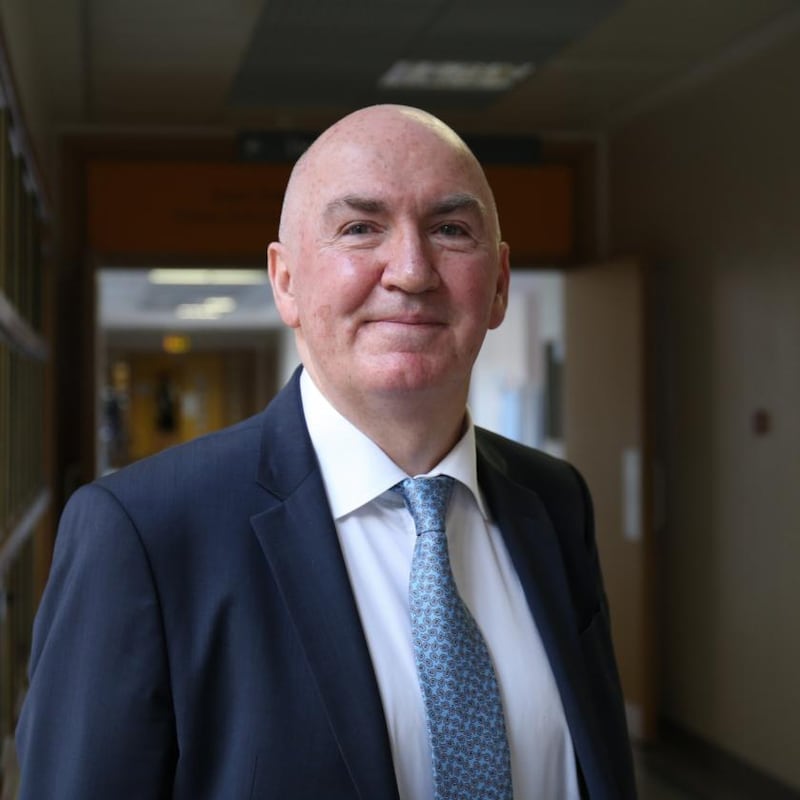
Over the course of two days in the hospital it becomes clear that St James’s is effectively functioning, as Prof John Reynolds puts it, “as a cancer hospital within a hospital”.
The ambition of the institute, which is the first of its kind in Ireland, is to bring the patient to where the science is, and the science to where the patient is. The past decade has seen an explosion of new therapies, he says. Some are “very, very expensive. So we need to get a structure in place that takes advantage of those drugs in the best possible way for the patients and the country and the taxpayer,” he says.
“To my mind that’s best done and going to happen optimally for the patient and their families and society in the context of an academic health sciences centre, where the scientists and clinicians are working together to deal with the problem.”
Having researchers and clinical practitioners working together at the same physical site would allow for much more immediate feedback loops between the lab and the bedside, adds Prof Lowery.
'Cancer is a really difficult cross to carry. It's too difficult on your own'
“Research doesn’t always address the correct questions that are directly relevant to the patient. To drive forward change you need to be addressing the right problem. You don’t always know the right problem unless you’re close to the patient,” she says.
For all the advances of the past decade, she adds, there’s still a lot we don’t understand, including about why some therapies are so effective for some patients, and much less so for others.
“While huge advances have been made in improving outcomes for some cancers, including breast, “there are others where we haven’t had that major improvement, including pancreatic cancer, lung cancer and oesophageal cancer. You want to make sure the hard-to-treat cancers get the same innovation and investment.”
Among the areas where she expects to see a leap forward is in immunogenomics, the study of the genetic basis of the immune response. She predicts that “in the next five to 10 years, we’re going to see a big shift change. And, hopefully, we’ll come back in five or 10 years and talk about oesophageal cancer or pancreatic cancer in a different light. There is a lot of hope. But that type of innovation only happens when you lay the groundwork for it to happen.”
Life after cancer
For Ciaran Byrne, his cancer experience is already becoming just one chapter in his life.
“It’s about not letting it define you. I want to be known now in my life as maybe some day a great dad, or somebody who had a great adventure, or someone who’s had a business that helps people.”
One of the things cancer taught him was that it’s okay to be vulnerable.
“Cancer is a really difficult cross to carry. It’s too difficult on your own.” But what he has learned too is that “you never lose asking for help. You never lose…You can absolutely get your life back. But you can’t do it on your own.”




















